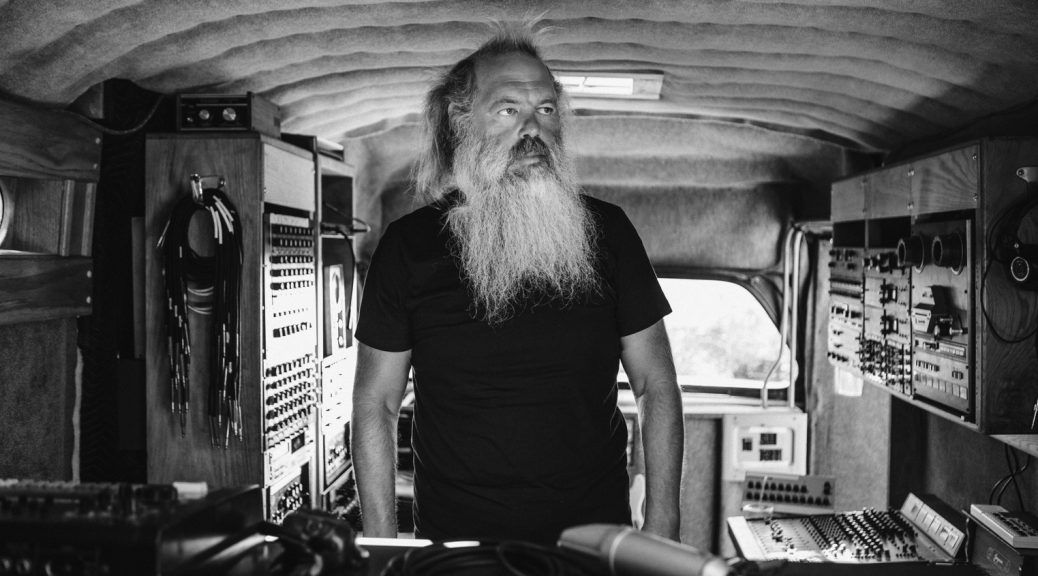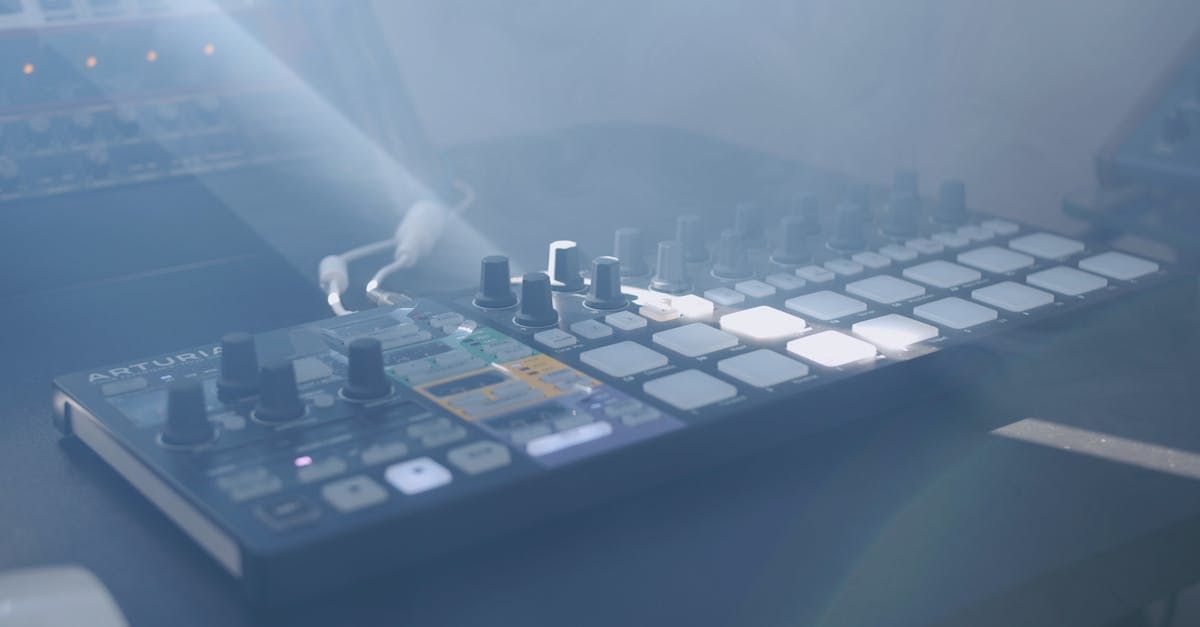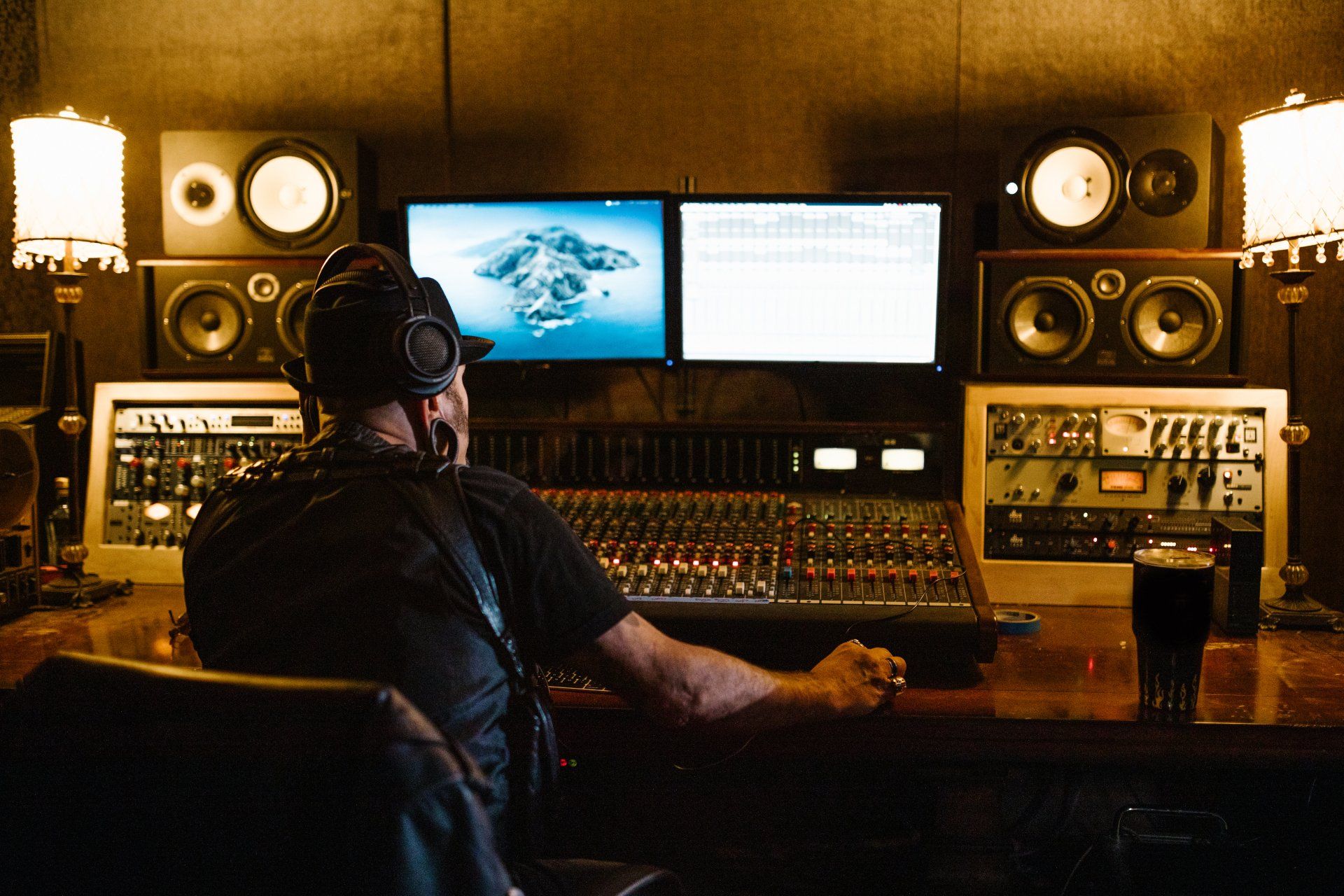
Introduction
When legendary music producer Rick Rubin enters a studio, he does something unexpected: he strips it down. In an industry obsessed with excessive production, his radically minimalist approach breaks all conventions, focusing solely on amplifying the authentic spirit of artists and their music. Far from flashy, Rubin’s production style is intimate, raw, and at times uncomfortably sparse. And yet, it yields music which profoundly resonates on an emotional level rarely matched in popular music.
Over his illustrious career spanning four decades, Rubin has left an indelible mark on the musical landscape, shaping the trajectory of genres from rock, folk, rap and R&B. Renowned as one of the most influential producers alive today, Rubin has cultivated a signature sound which has redefined contemporary music. His unorthodox methods emphasize a “less is more” philosophy, exalting simplicity and clarity as the conduits to convey the essence of an artist.
Rubin’s Minimalist Manifesto
Ever since his early days as co-founder of legendary rap label Def Jam, Rick Rubin has championed his stripped-down sonic aesthetic. “I like things that go together but don’t match,” he has stated, encapsulating his disdain for overdone production. Rather than polishing sound, Rubin’s priority is always to magnify rawness, guiding artists to bare their souls free of embellishment.
While today, technology allows endless manipulation of sound for structural perfection, Rubin rebels against such exactitude. For him, technical precision is not the gateway to emotional authenticity; often, it achieves the opposite. Rubin thus embraces imperfection, with its jagged edges, seeking to amplify the flawed beauty which echoes human experience. His production recalibrates listeners to the essence beneath sound, jolting them to tap into often uncomfortable emotional spaces.
The Potent Alchemy of Grit and Grace
By foregrounding imperfections, Rubin produced albums which balance fragility with force. Take his collaborations with rock legend Johnny Cash in the 1990s on the ‘American Recordings’ series as an example. Though Cash was then struggling with waning popularity, Rubin heard deeper potential. He urged Cash to reimagine his identity through radically pared down versions of contemporary songs like “Hurt” by Nine Inch Nails, as well as original compositions.
Rubin’s production spotlighted Cash’s weathered baritone with just guitar or piano in the background. Gone were embellishments like lush string sections, background vocals or ornate percussion. Instead, Rubin zoomed in on Cash’s rich timbre punctuated with restraint to craft an eerie, gothic folk sound. Cash’s vulnerable voice thus took center stage to unleash the full force of his rugged poeticism.
The hauntingly sparse "Hurt" exemplifies Rubin’s masterful approach, where he adds by subtracting. Peeling off sentimental production, Rubin pierces through to pain. Cash’s frail voice etches out words like “broken”, “old” and “faded” against faint guitar over muted piano, evoking despair laced with defiant humanity. Just two minutes and seventeen seconds long, "Hurt" distills raw anguish into poetic economy.

Refining Voices: Rubin’s Collaborations with Adele
Rubin’s collaboration with yet another generational talent, this time singer Adele, demonstrates his uncanny skill to refine signature sounds of artists across genres. On Adele’s seminal 2011 album ‘21’, Rubin helped elevate her singular voice to rousing emotional heights.
Once again, his production relied not on ornamentation, but ruthless focus. Across heartrending ballad “Someone Like You”, piano chords echo Adele’s soaring vocals with no other accompaniment. Similarly, the breakup song “Don’t You Remember” features Adele’s voice over sole acoustic guitar. By clearing space for the sheer splendor of Adele’s mezzo-soprano range coupled with her evocative songwriting, Rubin creates an ambience of emotional intensity punctuated by stillness.
Listeners hang onto each breath and note, as Rubin spotlights Adele’s masterful vocal control and dynamics in conveying romantic dissolution. Just piano or guitar make Adele’s stellar vocals resonate louder in their unembellished glory. Pitch perfect heartbreak finds sublime expression through Rubin’s framework of less.
The Power of Sound and Space
Through his career, Rick Rubin has reinvented ideas of music production rooted in excess and extravagance. Instead of multiplying tracks, his hallmark is amplification through abridgment. Rubin embraces quietude and stillness to allow focus on tonality, lyrics and musicality in their purest forms.
His production examines negative sonic space, using intervals of silence to channel emotion. Especially in today’s deafened world, Rubin returns music to slowness and sparseness where each element carries weight. Listeners learn to recalibrate to subtleties - the sharp intake of breath, fingers gliding over guitar strings, the echo of piano chords.
By crafting space through strategic elimination rather than addition, Rubin shapes soundscapes that touch the soul. Artists under his direction foreground their vocal and writing brilliance by doing less. Out of emptiness emerges fullness - listeners engage viscerally with the grain of voice, the whisper of instruments. Silence sings.
The Sanctuary Studio: Creativity through Comfort
Beyond production strategies, Rubin’s stewardship of artists themselves facilitates his stripped-down sound. In an industry fueled by breakneck output, he focuses on nurturing unhurried creative processes.
Rubin curates studio environments specially designed for artist comfort. Famed examples include the legendary Shangri-La studios once owned by Bob Dylan and the iconic Village Recorder in West Los Angeles. Housing all kinds of eccentric instruments like zithers and dulcimers, these spaces brim over with inspiration.
More importantly, Rubin allows artists to jam and experiment freely without pressures of cost or schedules, often over months. For reclusive folk rock icon Tom Petty who found the studio intimidating, Rubin changed tack: they recorded an entire album in Petty’s living room filled with the musician’s guitars and favorite instruments instead.
Such thoughtful attention allows singers, rappers and bands to improvise, rework songs and follow creative digressions without fears of failure. Trust precipitates risk-taking. Out of the pressure cooker environment fueled by profit, Rubin’s studios breed authentic art.
Conclusion
Over decades, Rick Rubin has spearheaded a seismic shift in music production through the power of creative rebellion. Instead of keeping step with mainstream bombastic trends, he turned down the volume to amplify emotional clarity. The world’s highest selling producer, Rubin has won eight Grammys and worked with everyone from Beastie Boys to Justin Timberlake.
Nonetheless, Rubin remains an iconoclast, shattering norms of excess to excavate artistic integrity. His polemic against uniform perfection reveals flaws as pathways to meaning. Sometimes, he pushes artists out of their safety nets - rap group Run DMC recalls how he made them swap their flashy sneakers for street shoes to recover their roots.
Yet Rubin’s legacy is collaboration, not combat. By creating contexts for revelation, he guides artists to surprise themselves. His stripped-down production places center stage the things that truly matter - skillful songwriting, masterly musicianship and most importantly, unembellished voice quivering with feeling. Through his “less is more” leadership, the shy, bearded producer allows musicians to discover their boldest expressions.

Turn your passion for music into a Profession: Learn more about our Music School Programs!
Join our Newsletter
Get the the latest music industry insights, invites to exclusive events and workshops, and artist spotlights straight in your email.
MORE ARTICLES FROM THE ICON BLOG
FIND YOUR SOUND, HONE YOUR CRAFT:
Are you ready to turn music into a career? ICON prepares students to become music producers, composers, performers, recording artists, professional DJs, and entrepreneurs in the entertainment industry. Click below to get information about our award-winning programs:


